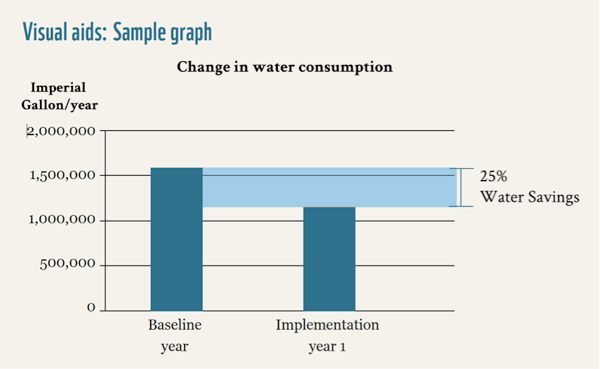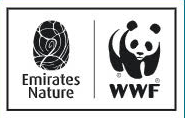Optimise your water stewardship efforts by measuring key indicators and documenting results at regular intervals. Get started with these best practices.
In part one of our guide on water stewardship in the workplace, we looked at the elements that make up a water savings strategy and the potential to reap meaningful benefits in the UAE in as little as 1.5 years.
Here, in part two, we examine the role that measurement plays, right from the initial planning stage to the reporting stage at the end of the year.
Benefits of Measuring and Reporting Progress
A robust measurement and documentation plan is an essential part of any sustainability program, in many ways.
- Measuring the right indicators ensures that the water savings initiatives that have been implemented are actually working as anticipated. Measuring frequently ensures that initiatives or devices that are not working optimally can be corrected at the initial stages itself. Overall, this leads to streamlined operations and maximisation of investments.
- Documenting the learnings and results of these initiatives ensures that this knowledge is shared with the stakeholders who were involved in the process, from colleagues at the organisation to senior leadership who signed off on any involved costs. By making this document accessible, successful initiatives can also be repeated at other sites managed by your organisation, resulting in accelerated success and savings.
- Collecting all necessary data and including these in the final report ensures that third parties can verify achievements and publicly share the case study of your initiatives in the media, at awards and at sustainability events.
The humdrum act of measuring and documenting results thus has the potential to establish your organisation as a leader in corporate sustainability in the UAE. A great way to recognise your team’s hard work and contribution to society at large!
5 Key Steps to Developing a Successful Report
The process of measuring and documenting water savings initiatives can seem daunting, but it doesn’t have to be. Below, we break down the process into five key steps.
- Draft a Situation Analysis to capture the background for your actions
The Situation Analysis should include a company profile and give an understanding of the breadth of your water savings initiatives. Start by including the following points:
- When was the organisation established in the UAE?
- Number of locations.
- Number of employees
- Did the company expand operations during the reporting period?
- Does your company hold any green certifications that are relevant to your water saving initiatives (e.g. ISO, LEED, Estidama), or any activities that were already in place?
- Which location/site participated in your organisation’s water savings initiative? Include the type of site (e.g. warehouse, office, retail outlet etc.), area in square metres (m2) and number of employees.
- Detail the water savings initiatives you implemented
Document your activities and mention the sites at which they were carried out. Initiatives may include adoption of water saving devices, installation of water efficient equipment, maintenance of equipment or staff engagement initiatives. Where possible, include the expenditure incurred to implement these initiatives.
- Report progress against Key Indicators
The report should ideally begin with a baseline, i.e., water consumption over the past 12 months as per water meters or utility bills, measured in Imperial Gallons (IG/month). If information regarding the baseline is unavailable, use the data at hand to establish a proxy baseline.
Where possible, report your progress against this list of indicators.
- Percentage of reduced water consumption over a year
- Tonnes of carbon dioxide saved by reducing usage of water over a year (tCO2/year)
- Percentage of carbon dioxide reduced over a year by reducing usage of water
- Total Investment in AED
- Cost savings per year in AED
- Payback time in number of years – this is the time required for the investment to pay off
- Water consumption per person per year after implementation (IG/year/person)
- Water consumption per square metre per year (IG/year/ m2)
Top tip: Calculate changes in consumption per person and per square metre to determine your progress across different sites, and against other companies.
- Capture key lessons learned
Share localised insights about what worked for you, such as your organisational structure, support from management or resources that proved valuable. Also highlight the challenges you faced and how you overcame these. - Illustrate your efforts with graphs and photos
Use visual guides to highlight your achievements. Simple bar graphs such as the one below can demonstrate success in an impactful manner. Illustrate your journey by plotting water consumption month by month and explaining spikes in consumption. You can even liven up your report with photographs of water saving equipment or employee engagement activities.

Subscribe to the Yalla Green email newsletter for more how-to guides and local case studies on implementing sustainability in the workplace






